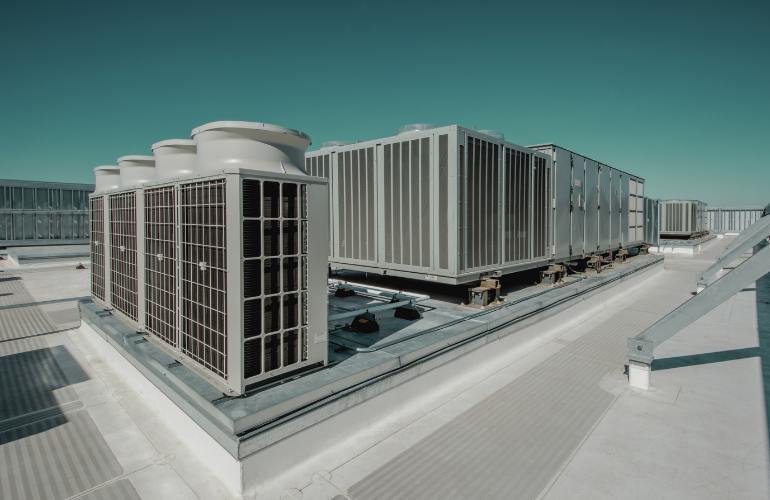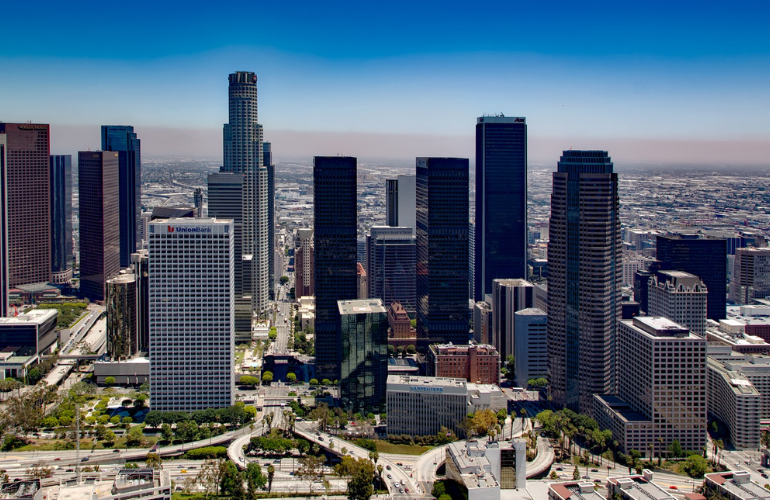As cities push for lower emissions and a modern built environment, two key policies shape building performance: energy codes and building performance standards (BPS). The ways in which they work together can make a big difference in the efficiency of a community.
The problem is while both aim to improve efficiency, they often operate independently with little coordination. Energy codes ensure new buildings or renovations will perform well, whereas BPS work to bring existing buildings up to modern-day standards. Ultimately, each is playing their role in progressing towards local and state emissions reduction goals.
Energy Codes vs. Building Performance Standards (BPS)
If you aren’t familiar with these terms, let’s break them down. In general, energy codes are implemented as energy efficiency standards for new buildings being constructed. They set the design standards for the building’s heating, cooling, water-heating and other energy-based aspects of the construction.
Conversely, building performance standards (BPS) are used to set an efficiency standard for all emissions of an existing building.
Who is impacted by each policy type?
Since energy codes target new developments, they only apply to buildings under construction or major renovation (building permits often trigger code enforcement). This means that the responsibility to comply generally falls on the construction or design team.
Building performance standards, on the other hand, impact existing buildings. So, when it comes time to comply, the responsibility is on the current building owner.
Why don’t energy codes and BPS collaborate?
While these energy policies act in similar ways, their implementation is quite different. Energy codes tend to regulate certain systems within the building’s design, while BPS regulates the entire building’s emissions. Using different building performance metrics means that compliance with energy codes during the construction of a building doesn’t necessarily mean that it will comply with BPS in the coming years.
This misalignment can quickly become problematic in cases where energy codes are not as strict as a new BPS policy. Cities with weaker energy codes may find that even their newest buildings are not able to meet BPS. Additionally, energy codes and BPS are usually enforced by different departments, often leading to a lack of coordination between the two.
California Title 24 Energy Code
To help drive these concepts home, let’s look at an energy code example in California.
Title 24 Part 6
California’s Title 24 Part 6 sets the minimum energy efficiency standards for new buildings and major renovations to existing buildings. This section of the energy code focuses on systems like lighting, HVAC, and water heating, ensuring buildings are designed to be efficient.
Title 24 Part 11
Title 24 Part 11, known as CALGreen, is the state’s green building code which functions as a statewide energy reach code. It has mandatory measures and voluntary ones that go beyond the basic energy efficiency requirements in Part 6 with broader environmental performance measures.
Code triggers are situations where a building or project submits for a building permit. These sections of Title 24 are triggered when a building is being constructed or undergoing a major addition or alteration.
It is very important that energy codes such as these remain up-to-date and current. Relevance is key. In this case, Title 24 is updated every 3 years. We currently operate under Title 24 – 2022 (effective in 2023).
Los Angeles EBEWE
The Los Angeles Existing Buildings Energy and Water Efficiency program is a great example of Building Performance Standards being implemented to improve existing buildings.
LA EBEWE Phase I requires existing buildings over 20,000 sq. ft. to benchmark their building’s energy and water use, providing insight to its performance
Under LA EBEWE Phase II, buildings must undergo an ASHRAE Level II Audit and Retro-Commissioning (A/RCx), or meet an exemption. The audit provides an analysis of the building’s energy and water-use equipment and is then used to improve the building’s efficiency. These large buildings must improve their efficiency and meet performance standards every 5 years.
How do we connect the dots?
One of the first things that needs to happen is improving energy codes across the country so that they can better align with future BPS. Considering real-world operational outcomes when designing energy code standards will make it much easier for new buildings to comply with BPS.
This connection can be improved via energy reach codes (such as in Title 24) which outlines efficiency measures that go beyond the baseline standards. Energy reach codes help cities and counties better align new construction with long-term sustainability and Building Performance Standards.
From the BPS perspective, when implementing the first performance cycle, compliance should be reasonably achievable for buildings who were recently constructed in accordance with energy codes.
Ultimately, cross-coordination between energy codes and BPS will be extremely important moving forward as cities try to make progress towards their energy reduction goals.
Ready to get started on BPS compliance?
Due to the disconnect between building performance policy, many existing buildings are having to make improvements to comply with BPS. The compliance process can be a challenging, confusing process and hiring a consultant like Green Econome takes the stress out of the equation. Our expertise in benchmarking, data verification, and BPS compliance pathways nationwide makes us a home run for your ongoing BPS needs.
Green Econome, a woman-owned, full-service energy and water efficiency construction and consulting company, has over 20 years of combined experience. We can help explain these standards and make sure your property is reaching compliance in the easiest way possible. Furthermore, we can recommend solutions that will increase the NOI of your property and increase market value. Feel free to reach out to Green Econome’s founder and CEO, Marika Erdely, at marikae@greeneconome.com.







